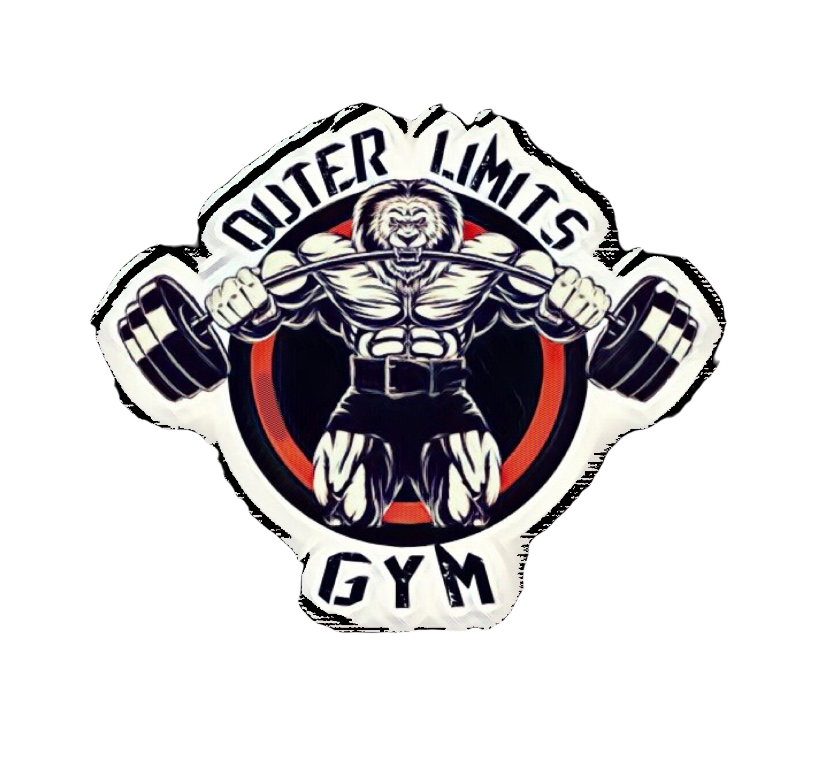Should I lift heavy for fewer reps or lighter for more reps? It’s the age-old question. If the answer were cut and dried, it would make it easy; but, there are several questions that must be asked first and a little science to discuss.
Form vs Ego
Let’s get this out of the way first. I see it all the time: people (both guys and girls) walk into the gym, skip the warm-up and go straight to the weights that are wayyyy out of their ability to lift with good form. Being able to flex how much you can lift at the gym literally means nothing except that you’re guaranteed an eventual injury at some point. You’re impressing no one because no one cares. Choosing a weight that you can maintain good form during the set is a much better choice and one that you’ll actually get results from. There’s no shame in dropping your weight down to work on form. In fact, you may find that you get a better contraction just by decreasing your weight and really focusing on form by slowing down your rep.
What is the Difference Between Heavy and Light Weight
This gets confusing for people and I think it’s because what feels heavy for one person, feels light to another. Instead of just focusing on what your body can handle, we compare our heavy to someone else’s light. Furthermore, any weight that you lift becomes heavy if you lift it long enough. If you hold a 3 lb. dumbbell long enough it will feel like dead weight after awhile. To make it simple, it boils down to rep range and the type of muscle fibers that are engaged.
Let’s use a basic dumbbell bicep curl as an example. Let’s say you curl a 15 lb dumbbell for 20 reps and at that point you are at failure, meaning you can’t get another rep with good form. Even though it feels extremely heavy by the end of your set (as it should), it is still considered “light weight” because of the types of muscle fibers it engages (more on that later). If you increase your weight and pick up a 25-pound dumbbell, curl it for 5-10 reps and you can’t get another rep without your form failing, that is considered “heavy weight” because of the type of muscle fibers it engages. Both weights should feel impossibly heavy at the end of your set; therefore, it has nothing to do with how it feels and more to do with rep ranges and what types of muscle fibers are engaged during the exercise.
So what are the types of muscle fibers?
I’m so glad you asked. Basically, there are 2 types of muscle fibers: fast twitch and slow twitch. All of your muscles contain both types of fibers. Type 1 are slow-twitch and they are built for endurance. They’re in it for the long haul, providing your body with slow, steady energy. Type 2 are fast-twitch and they provide you with quick bursts of energy for big movement. When you choose a weight that allows you to do more reps (over 15 or 20) you are engaging your slow-twitch muscle fibers more than your fast-twitch. When you choose a rep range of 10 or under, your body needs quick bursts of energy so it engages your fast-twitch muscle fibers for more power. Endurance vs power.
Benefits of both heavy lifting and light lifting
So do the benefits change if you choose one over the other? Absolutely.
Light weight benefits:
- Builds your endurance
- Increased heart rate
- Produces a cardio effect
- Can reach muscular hypertrophy (increase and growth of muscle cells) but it will take longer
Heavy weight benefits:
- Builds muscle mass in a shorter time which improves metabolism
- Elevates levels of anabolic hormones such as testosterone and insulin-like growth factor which help repair muscle fibers. No worries, women…increasing your testosterone by lifting heavy will NOT make you bulky. Women naturally do not possess enough testosterone to bulk.
- Improves bone density
- Increases production of a brain-derived neurotrophic factor, the neurotransmitter related to producing new brain cells and improving cognitive function.
- Improves strength and coordination
- Reach muscular hypertrophy quicker (increase and growth of muscle cells)
Train for your goal
In short, choose your method based on your goal. If you’re preparing for a triathlon you will probably want to engage and train your slow-twitch muscle fibers more than your fast-twitch. If your goal is muscle growth and strength, training your fast twitch fibers would be optimal so pick up the heavy weights for fewer reps. If you’re not training for a specific event or goal, I would recommend incorporating both light weight/high reps and heavy weight/low reps for a well-rounded program.
Regardless of what type of weight you choose, exhausting your muscles is your goal. If your end game is based on body composition, choosing a light weight will obviously take longer to get there, but it might be possible if you are consistently pushing your muscles to complete fatigue. You’ll have the benefits of endurance training but you’ll lose the advantages of engaging your fast twitch muscle fibers.
Here’s a simple guide to rep ranges and goals:
Muscular endurance (slow twitch muscle fibers): complete fatigue at 12 or more reps per set
Gain muscle size (fast twitch muscle fibers): complete fatigue at 6 to 12 reps per set
Increase strength (fast twitch muscle fibers): complete fatigue at 6 or fewer reps per set
Whatever you choose, have fun, lift safe, and be relentless in the pursuit of your goals!
